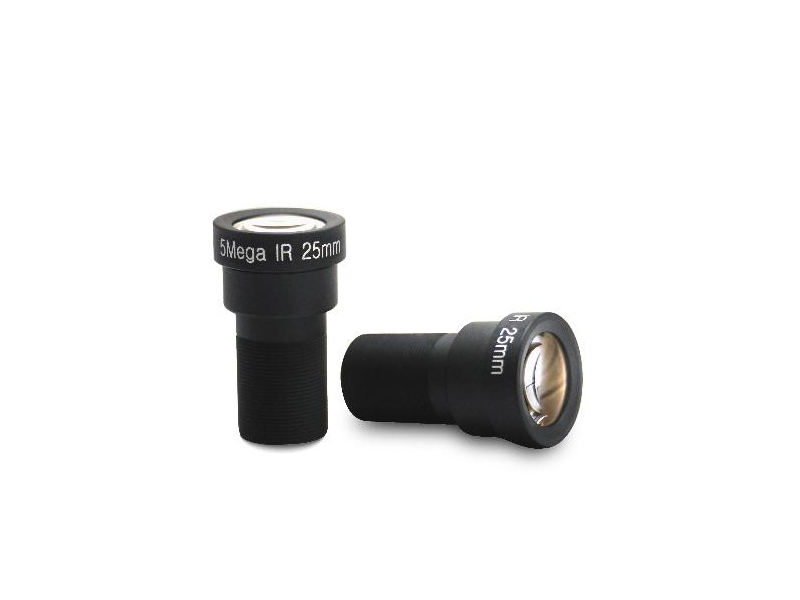Focal length is a critical parameter that quantifies the degree of convergence or divergence of light rays in optical systems. This parameter plays a fundamental role in determining how an image is formed and the quality of that image. When parallel rays pass through a lens focused at infinity, they converge at the focal point, which is defined as the distance from the optical center of the lens to this point. The focal point is where the light rays intersect after passing through the lens, forming a sharp image. To achieve a sharp image of an object at infinity, the lens must be positioned further from the focal plane. This adjustment explains why many lenses extend in length when the focus ring is rotated, allowing for precise focusing on distant objects.

In optical instruments, the field of view angle (FOV) refers to the angular extent of the visible scene captured by the lens, with the lens serving as the apex of this angle. The FOV angle is crucial because it determines the extent of the observable area. A larger FOV angle results in a wider field of view, capturing more of the surrounding environment but with lower magnification. Conversely, if the target object exceeds this angle, it will not fully enter the lens's field of view, leading to incomplete or distorted images. For example, in wildlife photography, a narrow FOV can result in missing parts of the animal or its surroundings, while a wide FOV might capture too much background detail, reducing the subject's prominence.
Under normal circumstances, the FOV angle and focal length are inversely proportional. This relationship means that shorter focal lengths correspond to larger FOV angles, while longer focal lengths result in smaller FOV angles. Telephoto lenses, which have long focal lengths, are ideal for remote monitoring and shooting tasks that require capturing distant objects in high detail. These lenses are widely used in various applications such as urban security, traffic management, border and coastal defense surveillance, wildlife photography, and sports event documentation. For instance, telephoto lenses designed and manufactured by Jinyuan Optics, with focal lengths ranging from 30-120mm, 5-50mm, and 10-50mm, can fulfill these requirements. These lenses provide excellent performance in capturing detailed images of distant subjects, making them indispensable tools for professionals in these fields. Additionally, Jinyuan Optics offers miniaturized lenses with long focal lengths, such as the 1/2.7" 3MP 50mm and 1/1.8" 5MP 25mm models, which combine compact design with powerful imaging capabilities.

Conversely, short-focus lenses, also known as wide-angle lenses, provide a broad field of view due to their large FOV angles. This characteristic makes them particularly suitable for monitoring large areas without blind spots, such as security protection in squares, warehouses, airports, and stations. Wide-angle lenses can capture expansive scenes, ensuring comprehensive coverage of the monitored area. Jinyuan Optoelectronics' latest 1/2.5-inch, 1.8mm focal length short-focus lens features a wide field of view, high pixel resolution, and waterproof characteristics, which collectively contribute to its superior performance. The wide field of view allows the lens to capture a large area in a single frame, while the high pixel resolution ensures that details are clear and well-defined. The waterproof design makes it suitable for outdoor use, even in harsh weather conditions. As a result, this lens is extensively utilized in visual doorbells, security monitoring systems, and automotive cameras, providing reliable and high-quality imaging solutions for a variety of applications.

In summary, the focal length and FOV angle are two key parameters that significantly influence the performance of optical systems. Understanding their relationship and selecting the appropriate lens type based on specific needs can greatly enhance the effectiveness of imaging and monitoring tasks across various industries. Whether it is capturing distant objects with high detail or monitoring large areas comprehensively, the right choice of lens can make all the difference in achieving optimal results.
Post time: Dec-23-2024





